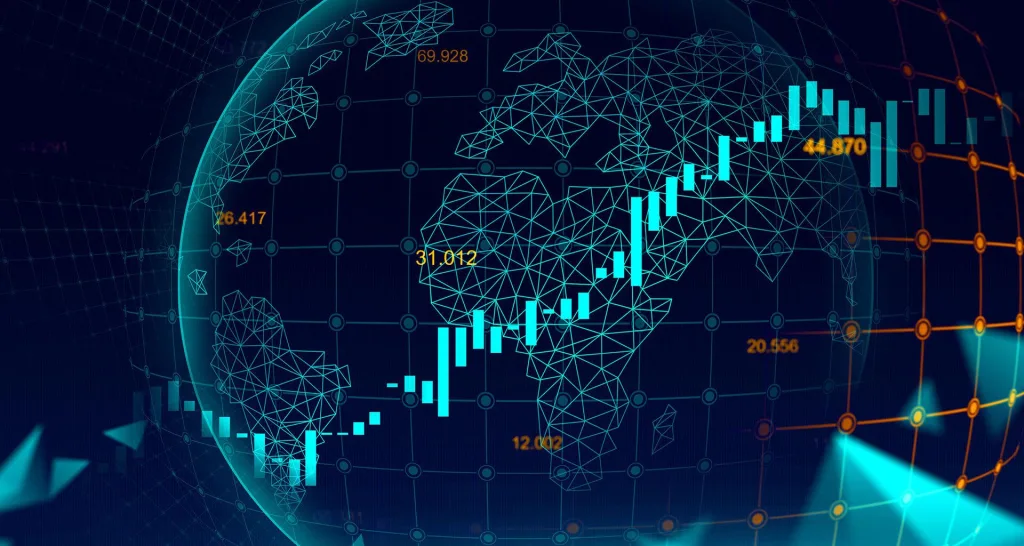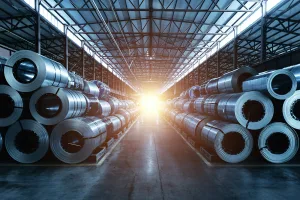Why Steel Prices Increased in India Due to the Rise in Exports: An In-Depth Analysis

India, one of the world’s largest steel producers, has witnessed a significant rise in steel prices recently. A key factor behind this surge is the increase in steel exports. This article delves into the reasons why the rise in exports has led to higher steel prices in India, exploring supply-demand dynamics, global market influences, and export policies.
1. Supply and Demand Dynamics
Increased Export Demand
The rise in steel exports from India is driven by strong global demand for steel products. As international markets experience economic growth and infrastructure development, the demand for steel has surged. Indian steel producers have capitalized on this opportunity by increasing their exports, which has led to a reduction in the domestic supply of steel. When a significant portion of steel production is diverted to exports, the domestic market faces a shortage, driving up prices.
Domestic Supply Constraints
In addition to increased exports, domestic supply constraints have contributed to rising steel prices. Limited production capacity, logistical challenges, and supply chain disruptions can impact the availability of steel in the domestic market. When domestic production cannot meet the growing demand, prices are driven higher.
2. Global Market Influences
International Steel Prices
Steel prices in India are influenced by global market trends and international steel prices. As steel prices rise in major steel-producing countries, such as China and the European Union, Indian exporters may seek to align their prices with global benchmarks. This alignment can lead to higher domestic steel prices, reflecting the global market’s upward trend.
Currency Fluctuations
Currency exchange rates play a significant role in international trade. Fluctuations in the value of the Indian rupee against major currencies can impact the cost of steel exports and imports. A weaker rupee can make Indian steel exports more competitive globally, but it can also lead to higher costs for imported raw materials. These factors can contribute to increased domestic steel prices.
3. Export Policies and Regulations
Government Policies
Indian government policies and regulations related to steel exports can impact domestic prices. Export incentives, subsidies, and trade agreements may encourage steel producers to focus on international markets, reducing the availability of steel for domestic use. Additionally, changes in export duties and tariffs can affect the cost structure of exported steel, influencing domestic prices.
Trade Agreements and Tariffs
Trade agreements and tariffs imposed by other countries can also impact Indian steel exports. If Indian steel faces higher tariffs or trade barriers in key markets, producers may adjust their pricing strategies, potentially affecting domestic prices. Conversely, favorable trade agreements can boost exports and influence domestic steel pricing.
4. Production Costs and Raw Material Prices
Rising Raw Material Costs
The cost of raw materials, such as iron ore and coking coal, significantly affects steel production costs. Fluctuations in global raw material prices can impact the cost structure of Indian steel producers. When raw material prices increase, producers may pass on these costs to consumers, contributing to higher steel prices in the domestic market.
Technological and Operational Factors
Investments in technology and operational efficiencies can influence production costs and steel pricing. Indian steel producers may face higher costs due to the need for advanced technologies or infrastructure upgrades. These costs can be reflected in the prices of both exported and domestically consumed steel.
5. Market Speculation and Investor Sentiment
Market Speculation
Steel prices can also be influenced by market speculation and investor sentiment. Traders and investors may react to global economic trends, supply chain issues, and geopolitical developments, affecting steel price volatility. Speculative activities can drive prices higher, impacting both domestic and international steel markets.
Conclusion
The increase in steel prices in India due to the rise in exports is a multifaceted phenomenon driven by supply-demand dynamics, global market influences, export policies, and production costs. As India continues to expand its presence in international steel markets, understanding these factors provides valuable insights into the complexities of steel pricing and market trends. By navigating these influences, Indian steel producers and policymakers can address challenges and capitalize on opportunities in the evolving steel industry.



